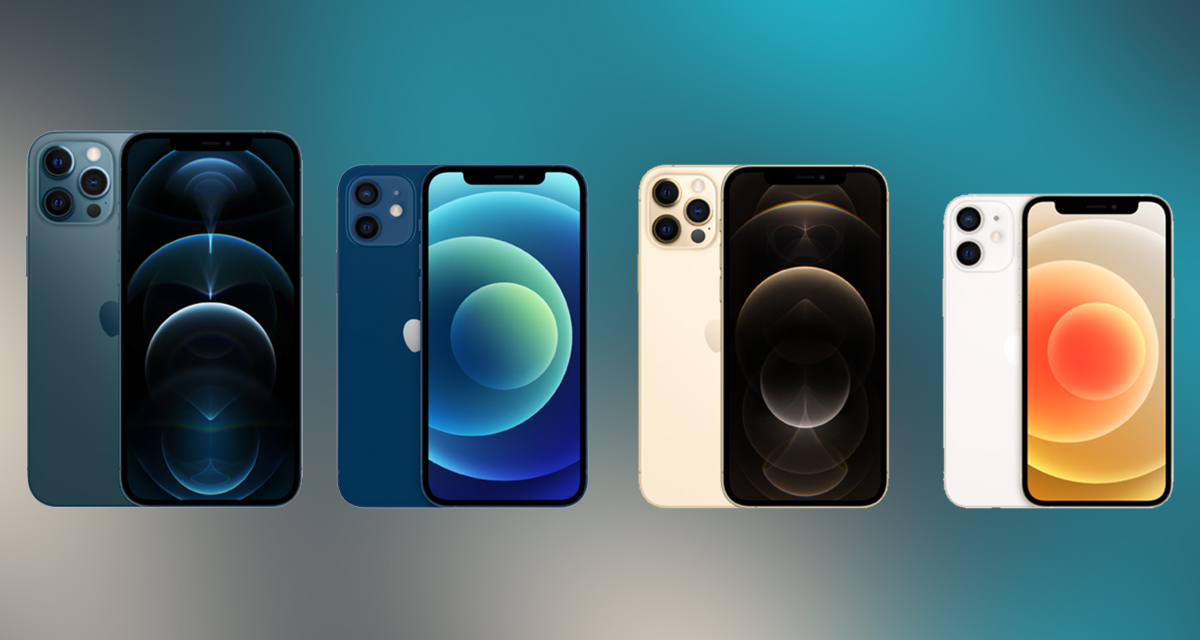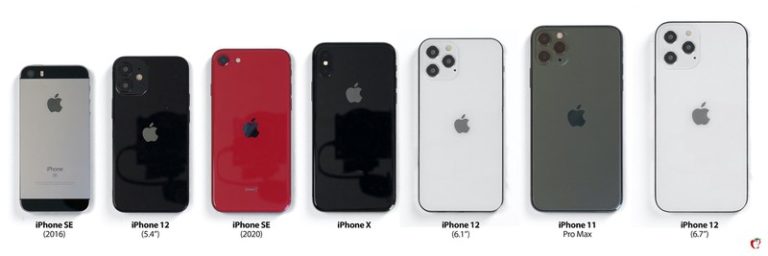

- #COMPARISON 12 AND 12 PRO UPGRADE#
- #COMPARISON 12 AND 12 PRO PRO#
- #COMPARISON 12 AND 12 PRO SOFTWARE#
The iPhone 13 Pro is also slightly brighter (1000 nits vs 800 nits in typical usage), but again this is difficult to spot.īoth also feature the same IP68 water resistance, meaning the phones can be taken down to six meters for up to 30 minutes, or (more realistically for most users) can stand being dropped in the bath or exposed to a heavy downpour. The iPhone 13 Pro adds ProMotion technology with adaptive refresh rates, but, looking at both of these phones next to each other it’s really quite difficult to spot the difference so it seems unlikely most people will notice much of a change in isolation. Both the iPhone 13 Pro and the iPhone 12 Pro have 6.1-inch Super Retina XDR screens, with both offering HDR displays at the same resolution. While the iPhone 12 Pro marked somewhat of a design departure from its predecessor, the iPhone 13 Pro is almost identical to its forebear. (Image credit: Amy Davies/Digital Camera World) See also: Best phone for video recording iPhone 12 Pro vs iPhone 13 Pro: Screen & design So if you’re seriously into your vlogging, make sure you plump for a higher capacity device. ProRes at 1080p, meanwhile, is available for 128GB models. That makes sense because the ProRes video will take up a lot of space on your phone. The iPhone 13 Pro also offers ProRes (Apple’s professional video format) 4K recording, as long as your device has at least 256GB of storage.
#COMPARISON 12 AND 12 PRO UPGRADE#
It also seems reasonably likely that this could come to the iPhone 12 Pro via a firmware upgrade at some point. That said, you can’t record this in 4K, so it’s perhaps more something you might consider a fun effect rather than anything more serious. It works pretty well for the iPhone 13 Pro, particularly if the subject – such as a person or a pet – has a reasonably well-defined outline. However, there is one key difference seen in the addition of Cinematic Mode. You can use this to create a shallow depth of field effects for moving subjects, something which was previously only available for stills shooting with the iPhone 12 Pro. Video functionality is broadly similar across both devices: both have the ability to record 4K at up to 60fps, and both have Dolby Vision HDR. iPhone 12 Pro vs iPhone 13 Pro: Night Mode and low-light shooting
#COMPARISON 12 AND 12 PRO SOFTWARE#
Despite this being a software tweak, this feature is not (yet) available on the iPhone 12 Pro. These can be customized to your own preferences, and are also available on the more basic iPhone 13. The other new addition is 'Photo Styles', which you can use to change the look of your shots directly at the point of capture.

Most excitingly, probably, is the addition of Cinematic Mode for video recording, which recreates a shallow depth of field effect. This is something we’ve seen from other manufacturers in the past so it’s not hugely surprising to see Apple finally adding it to the iPhone. That said, there’s been a couple of other software-type tweaks for the iPhone 13 Pro which are worth thinking about.

There’s also the same ability to record in Apple’s ProRAW format (DNG) available on both phones, giving you scope to make adjustments in post-production if necessary. IPhone 13 Pro - Macro mode (Image credit: Amy Davies/Digital Camera World)


 0 kommentar(er)
0 kommentar(er)
